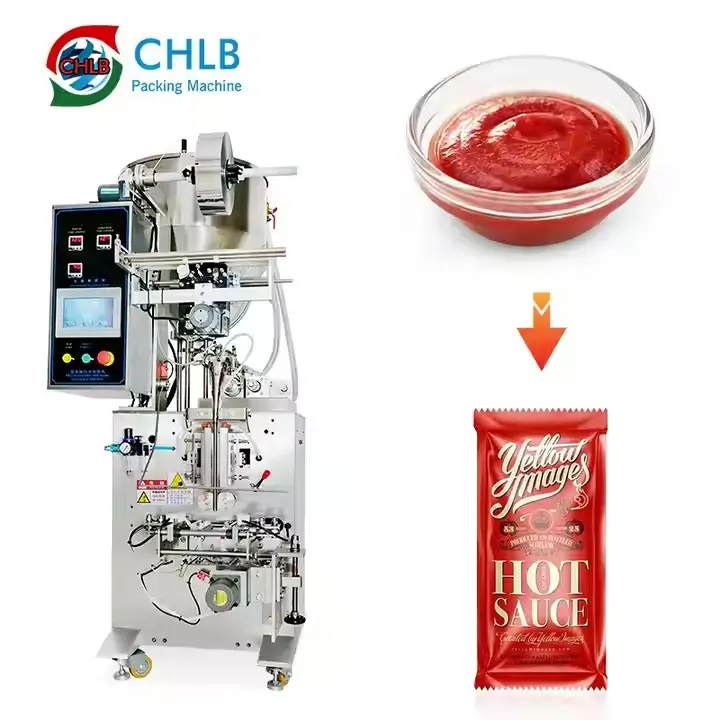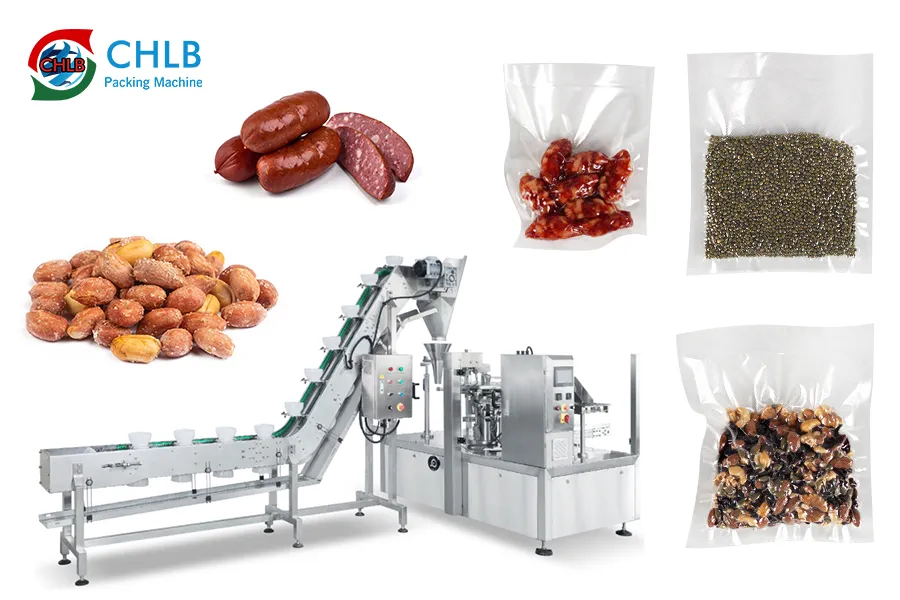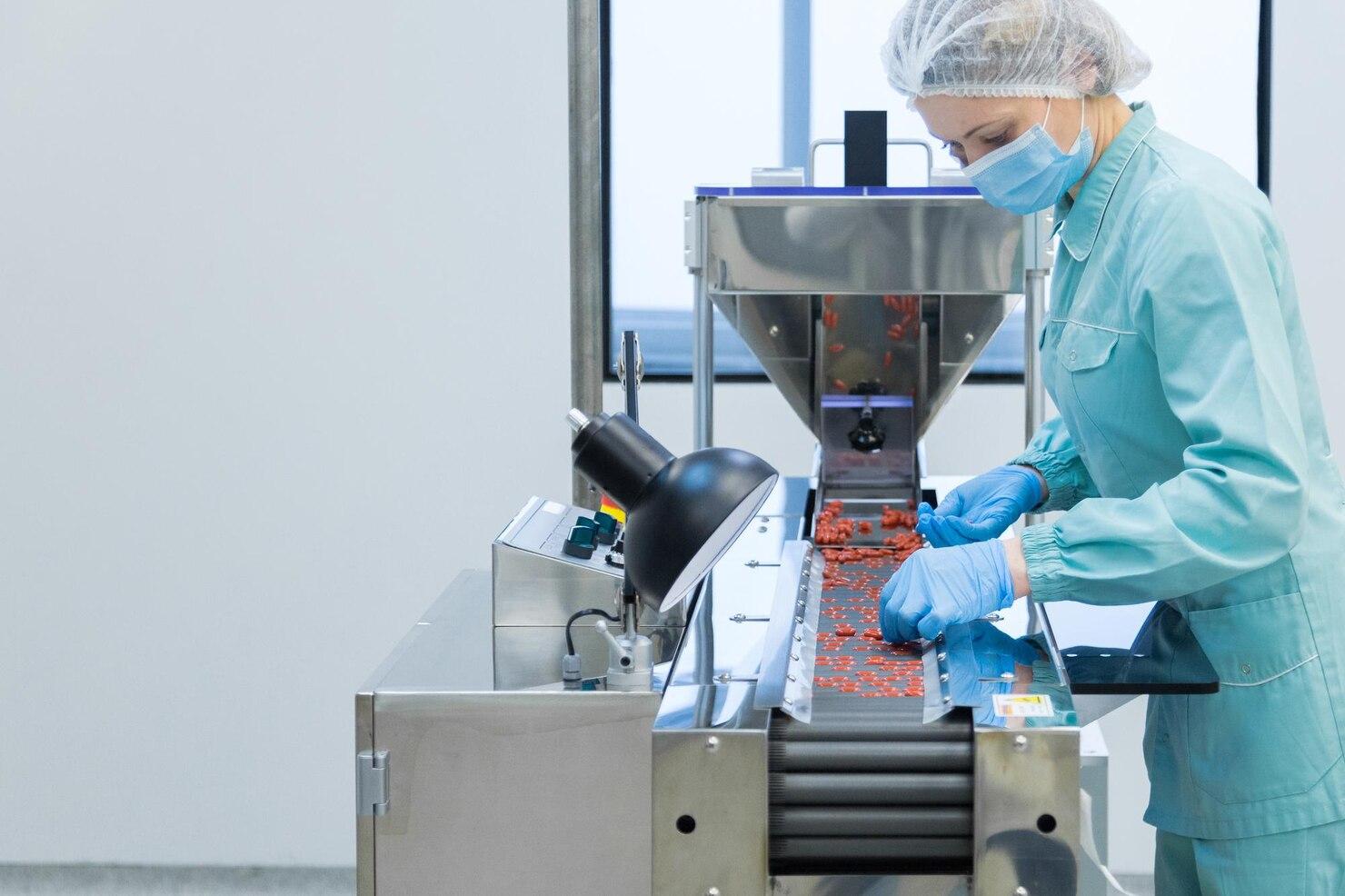If you’re running a business where efficiency is key and products need to be packed neatly, quickly, and consistently, you’ve probably come across the term “flow packing machine.” These machines are a game-changer for a wide range of industries. But how do they work? What makes them so efficient? And why are so many companies turning to flow packing solutions? Well, buckle up! This guide will walk you through everything you need to know about flow packing machines, from the basics to the nitty-gritty details.
What Is a Flow Packing Machine?

A flow packing machine (also known as a flow wrapping machine) is a high-speed packaging solution designed to wrap products in plastic film. Think about that neatly sealed pack of biscuits you love or the shiny wrapper on your favorite chocolate bar. Those are the results of flow wrap packaging. The machine uses a continuous motion to wrap products in a seamless, tamper-evident package. It’s fast, efficient, and ensures each product looks like it just rolled off the production line—because it did.
How Does a Flow Packing Machine Work?
Flow packing machines are engineering marvels, combining precision with speed. Let’s break down how they work step by step.
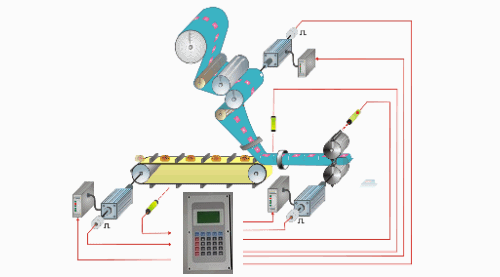
Step 1: Film Unwind
It all starts with the plastic film. The machine unwinds a roll of film and positions it for the packaging process. The film is what forms the protective barrier around your product, keeping it fresh and tamper-free. The key here is smooth, uninterrupted motion.
Step 2: Forming Plow
Next, the film passes through what’s called a “forming plow.” This nifty little tool shapes the film into a tube that will soon encase your product. It’s like watching an envelope get prepped to hold something inside—except it’s happening at lightning speed.
Step 3: Filling System
Now, here’s where the magic happens. As the film takes shape, the machine’s filling system kicks in, placing each product into its soon-to-be-sealed cocoon of plastic. The beauty of this step? It’s automated. Whether it’s cookies, soap bars, or electronic parts, the product gets perfectly placed every time.
Step 4: Sealing System
The sealing system does exactly what it sounds like—seals the package. But it does more than just slap on some adhesive. The machine uses heat or pressure to create a tight, secure seal that keeps your product safe and fresh. This ensures that the product inside stays protected, whether it’s a biscuit or a piece of hardware.
Step 5: Cutting System
Once the product is sealed, the machine cuts the flow of packaging film into individual packs. Each product is now a neatly wrapped, market-ready item. This step happens at an astonishing rate, meaning hundreds, or even thousands, of products can be wrapped per hour.
Step 6: Discharge Conveyor
Finally, the finished products are gently transported by a discharge conveyor, ready to be boxed, shipped, and eventually enjoyed by consumers. The discharge conveyor keeps everything moving smoothly, preventing backups and ensuring that production runs like clockwork.
Types of Flow Packing Machines
There are two main types of flow packing machines, and which one you need depends on the nature of the products you’re packaging.

Up Wrapping Film Flow Packing Machines
With up wrapping film flow packing machines, the film moves from below the product and wraps upward. This type is typically used for items that need extra protection, like fragile foods or products with irregular shapes.

Down Wrapping Film Flow Packing Machines
In contrast, down wrapping film flow packing machines wrap products with the film coming from above. These machines are faster and more efficient for products with regular shapes, like biscuits, soaps, or boxes.
Key Advantages of a Flow Packing Machine
Now that we’ve covered how they work, let’s look at why businesses love using flow pack packaging machines.
Speed and Efficiency
The most obvious advantage is speed. These machines are designed to wrap products in seconds, making them ideal for large-scale operations. More products packed in less time means more profit for your business. Plus, with consistent speed, you can easily meet demand.
User-Friendly Controls
Despite their complex inner workings, modern flow wrapping machines are user-friendly. Operators can adjust settings and troubleshoot issues with ease, minimizing downtime and boosting productivity.
Versatility in Packaging Materials
From plastic films to eco-friendly options, flow packaging machines are versatile. You can switch out the packaging materials based on your brand’s needs or customer preferences. Whether you want something glossy or a biodegradable option, these machines can handle it.
Cost-Effective Packaging Solutions
When it comes to cost, flow pack packaging is hard to beat. You can produce high volumes of packaging at a lower cost per unit, which helps businesses keep prices competitive without sacrificing quality.
Industries That Benefit from Flow Packing Machines
Wondering if a flow pack packaging machine is right for your industry? Let’s take a look at some sectors that are thriving thanks to this technology.
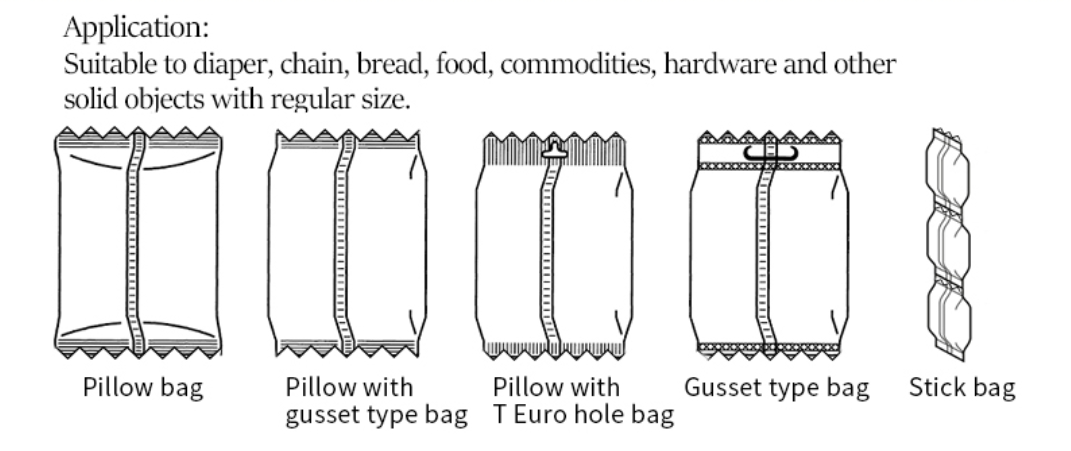
Food Industry
From mooncakes to biscuits, flow packing machines are a staple in the food industry. They help maintain product freshness and hygiene while ensuring a visually appealing package.
Pharmaceutical Industry
In the pharmaceutical industry, precision is crucial. Flow wrap packaging helps ensure that products like pills and medical devices are packaged securely, maintaining sterility and preventing contamination.
Consumer Goods
For items like soap, toothbrushes, and small electronics, flow packaging machines create a neat, professional package that appeals to consumers and ensures product protection.
Electronics Industry
Fragile components? No problem. The flow pack packaging machine can handle delicate electronic parts, providing both cushioning and protection during transport and storage.
Factors to Consider When Buying a Flow Packing Machine
Before you dive into purchasing a flow wrapping machine, take a moment to consider these crucial factors to ensure you make the best choice for your needs.
Production Capacity
First things first: how many products do you need to pack each day? It’s essential to select a machine that can handle your daily production volume without causing delays or interruptions. Choosing a machine that aligns with your production goals will help avoid bottlenecks and keep your operations running smoothly.
Packaging Material Compatibility
Not all flow packing machines are created equal when it comes to handling different packaging materials. Make sure the machine you choose is compatible with the types of films you plan to use, whether they’re standard plastics or more sustainable options. This will ensure that you can maintain flexibility in your packaging choices and meet your specific needs.
Machine Footprint
Space is a critical factor in any production facility. Some flow pack packaging machines can be quite large, so it’s important to measure your available floor space and ensure the machine will fit comfortably within your workspace. A well-fitted machine will help optimize your production layout and avoid crowding your work area.
Maintenance and Support
Reliability is key when it comes to machinery. You don’t want to deal with frequent breakdowns or prolonged downtime. Look for a flow packing machine with a reputation for durability and reliability. Additionally, consider the availability of local support and service options to ensure you can get assistance when needed and keep your machine running smoothly.
Manufacturer Reputation
The reputation of the packing machine manufacturer is a significant indicator of quality and service. Opt for a well-known brand with positive reviews and a track record of producing dependable machines. A reputable manufacturer is more likely to offer robust support and deliver a machine that meets your long-term needs.
Conclusion
In the ever-competitive world of manufacturing and packaging, flow packing machines stand out as essential tools for efficiency, quality, and cost-effectiveness. Whether you’re in food, pharmaceuticals, or consumer goods, investing in a flow pack packaging machine could take your production line to the next level. With their ability to handle various materials, speeds, and product types, they offer the flexibility and precision every modern business needs. Ready to streamline your packaging process? It might be time to look into flow packing solutions.
FAQs on Flow Packing Machine
1. What types of products can be packaged using a flow packing machine?
Flow packing machines are versatile and can package everything from food items like biscuits and chocolates to industrial goods like adhesive tape and soap.
2. How fast can a flow packing machine operate?
Depending on the model, these machines can pack up to 200 products per minute, making them ideal for high-volume production.
3. Is it easy to switch between different packaging materials?
Yes, most flow wrapping machines offer easy adjustments to accommodate various packaging films, including eco-friendly options.
4. Can flow pack packaging machines handle irregularly shaped products?
Absolutely! With the right settings, these machines can efficiently wrap products with unusual or fragile shapes, providing a snug and protective package.
5. What industries benefit most from using flow packing machines?
The food, pharmaceutical, consumer goods, and electronics industries all benefit greatly from the speed, efficiency, and protection offered by flow packing machines.

